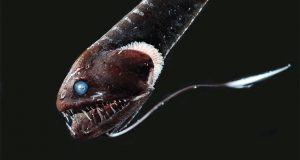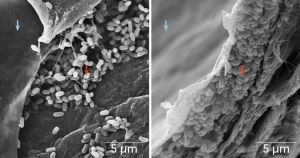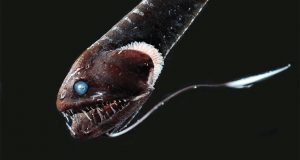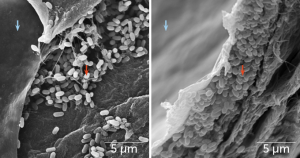You have probably seen many articles with similar titles to this one throughout your lifetime, however as you probably know we do not have a cure for cancer. So what were these cures and why is there such a large disconnect between published research and subsequent mainstream articles published on the topic. I recently came across an article from the BBC titled Immune discovery ‘may treat all cancer’ while the title is not directly claiming that a cure was found, it does make the reader think that we might have a treatment which could help cure all types of cancers. When reading through the article the author talks about how scientists found a type of immune cell which can be modified so that it can detect and kill multiple types of cancer cells while leaving normal cells intact. If we look at the original research article we will find that the researchers genetically modified human immune cells so that they would have an extra receptor that could recognize and kill multiple types of human cancer cells while not affecting non-cancer cells. The video below gives an overview on how scientists are trying to use the immune system to fight cancer, note that the study above uses CAR-T therapy (video taken with Creative Common License).
From this we can see that the author of the BBC article is not lying to their readers, and the author goes even further to state at the end of this article that “the research has been tested only in animals and on cells in the laboratory, and more safety checks would be needed before human trials could start.” This statement is normally the root cause for disconnect between the scientific publications and mainstream articles for two main reasons. First not all mainstream articles will include this information leading the reader to assume that treatment is almost ready or it will be included at the end of the article so that readers who do not complete the article will have a false understanding of how close the treatment is to being used in humans. The second reason I believe there is a disconnect is due to the level of knowledge the general public has about cancer research compared to someone who has experience in the field. Someone with experience will know that cancer research in petri dishes and animal subjects differs heavily for cancer research in humans. For example the mice used in this study had been modified in such a way so that none of the mouse’s original immune system was functional and only the modified human immune cell was functional. Cancer research also takes a long time so if this treatment was approved for human testing today, it would take around 10-15 years before it could be approved as an actual treatment. From this I hope the next time you see a “cure for cancer,” you remember the comic below and check to see how far along in the research stages this treatment is.

This image was taken from: xkcd with Creative Commons License




